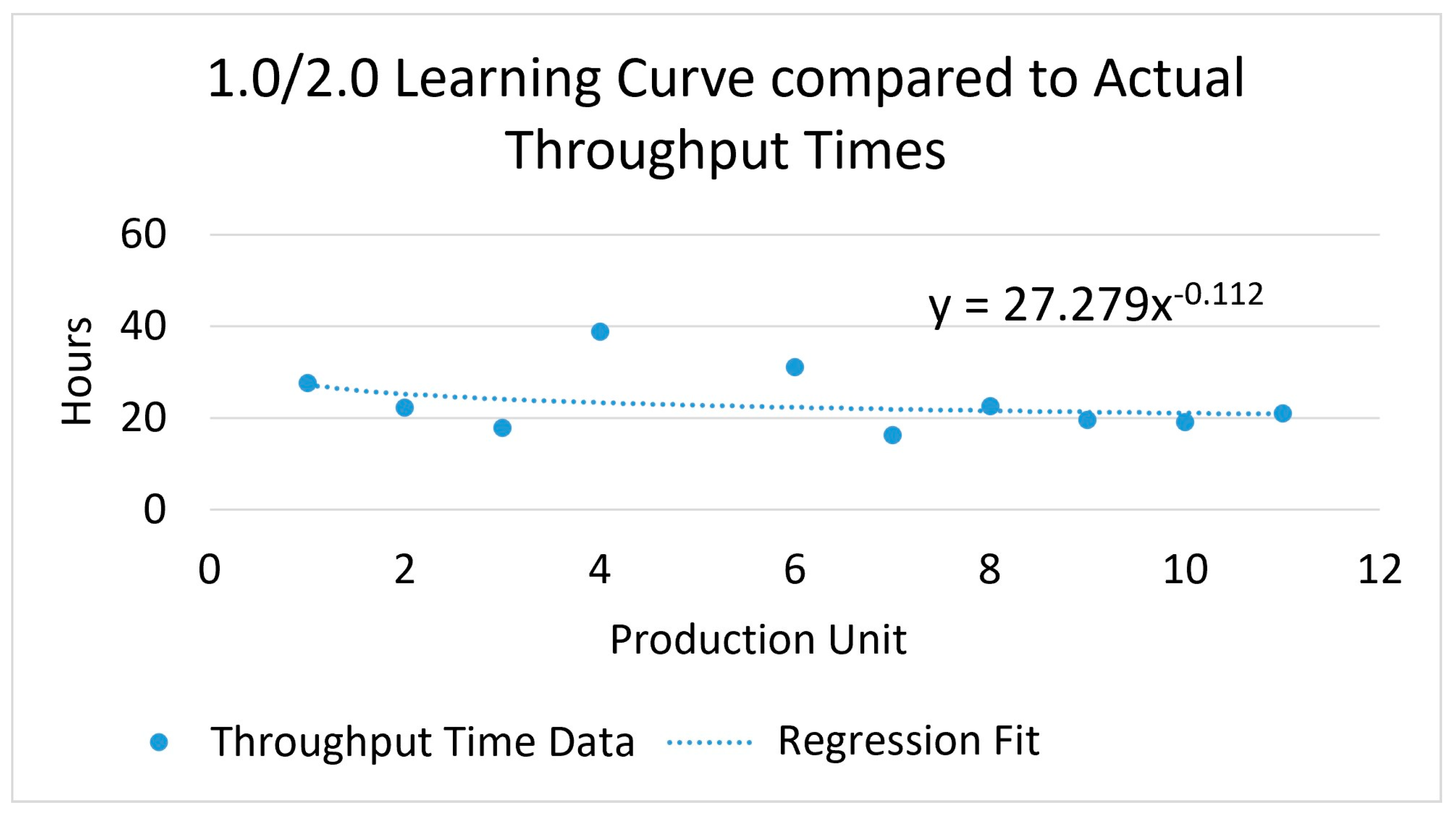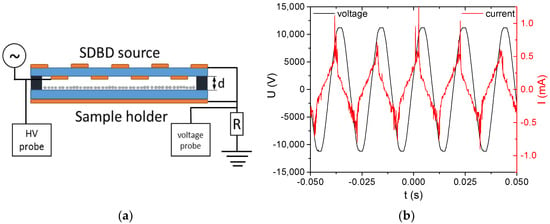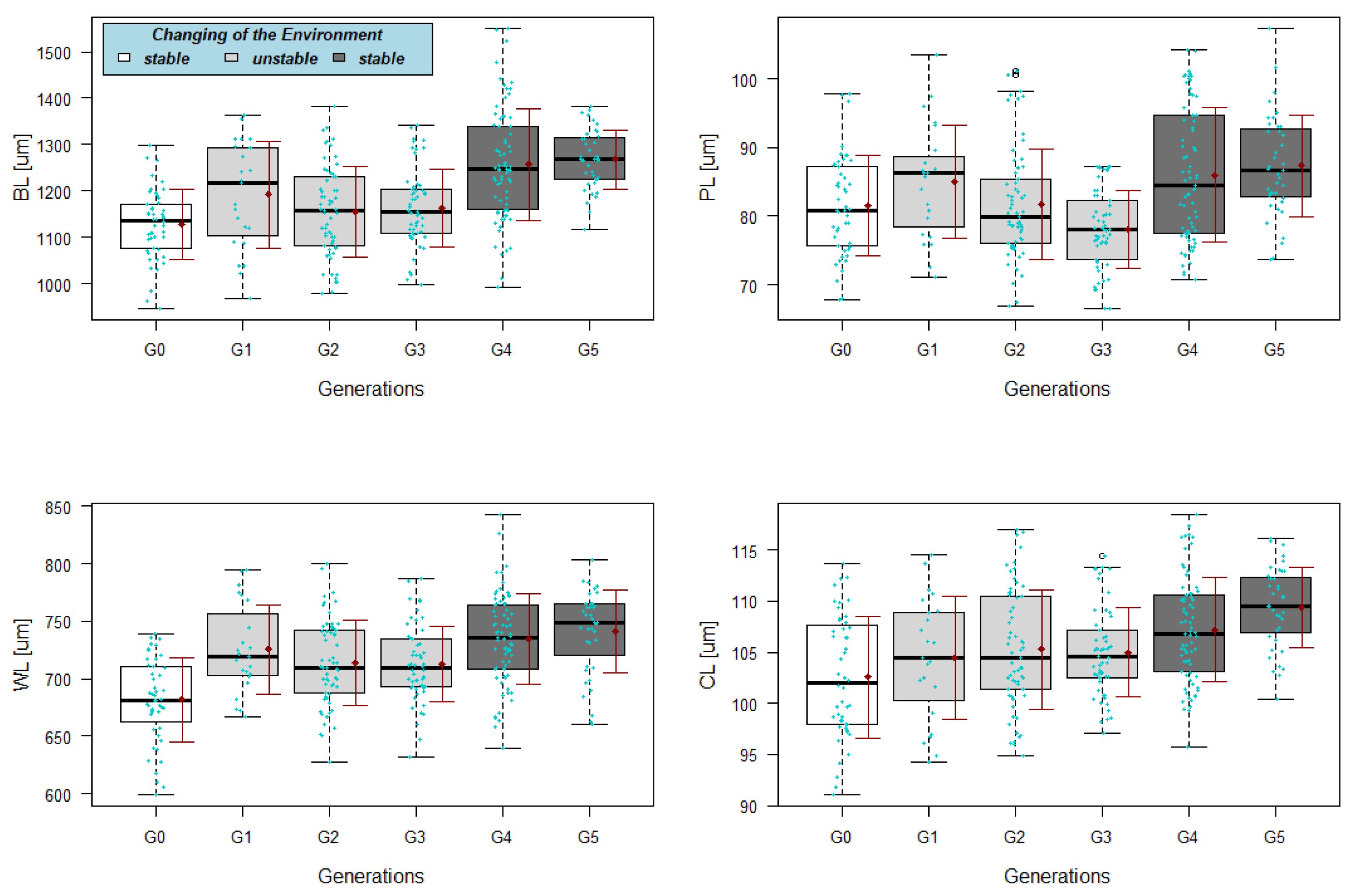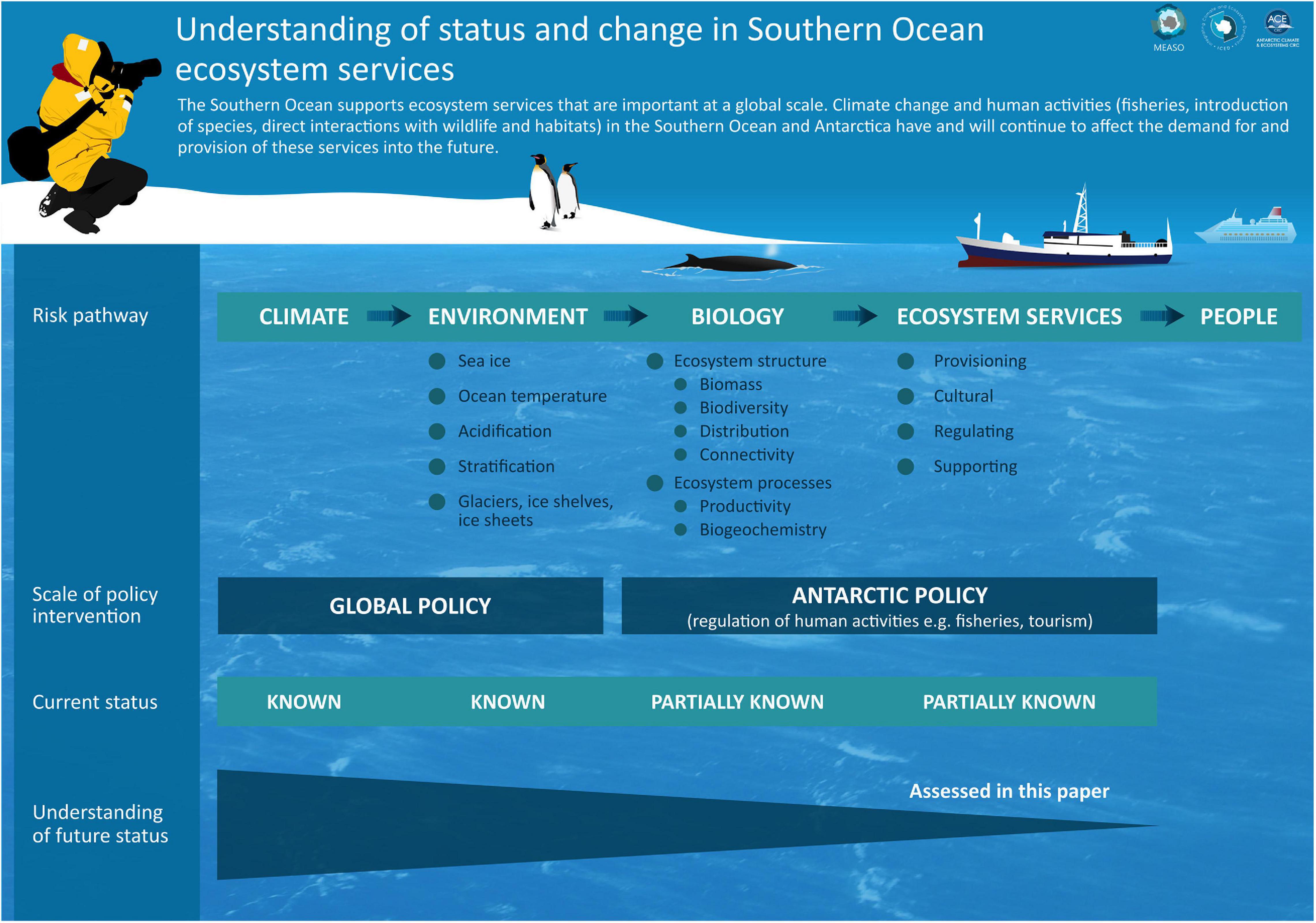Applied Sciences, Free Full-Text
Por um escritor misterioso
Descrição
The high-altitude Hindu Kush-Himalayan region (HKH, average ~5 km from msl) and the adjacent Indo-Gangetic plains (IG plains, ~0–250 m msl), due to their geographical location and complex topography, are reported to be highly sensitive to climatic changes. Recent studies show that the impacts of climate change and associated changes in water resources (glacial/snow melt water and rainfall) in this region are multifaceted, thereby affecting ecosystems, agriculture, industries, and inhabitants. In this study, 45 years of Microwave Sounding Unit/Advanced Microwave Sounding Unit (MSU/AMSU)-derived mid-tropospheric temperature (TMT, 3–7 km altitude) and lower tropospheric temperature (TLT, 0–3 km altitude) data from the Remote Sensing Systems (RSS Version 4.0) were utilized to analyze the overall changes in tropospheric temperature in terms of annual/monthly trends and anomalies. The current study shows that the mid-tropospheric temperature (0–3 km altitude over the HKH region) has already alarmingly increased (statistically significant) in Tibet, the western Himalayas, and the eastern Himalayas by 1.49 °K, 1.30 °K, and 1.35 °K, respectively, over the last 45 years (1978–2022). As compared to a previous report (TMT trend for 30 years, 1979–2008), the present study of TMT trends for 45 years (1978–2022) exhibits a rise in percent change in the trend component in the high-altitude regions of Tibet, the western Himalayas, and the eastern Himalayas by approximately 310%, 80%, and 170%, respectively. In contrast, the same for adjacent plains (the western and eastern IG plains) shows a negligible or much lower percent change (0% and 40%, respectively) over the last 14 years. Similarly, dust source regions in Africa, Arabia, the Middle East, Iran, and Pakistan show only a 130% change in warming trends over the past 14 years. In the monthly breakup, the ‘November to March’ period usually shows a higher TMT trend (with peaks in December, February, and March) compared to the rest of the months, except in the western Himalayas, where the peak is observed in May, which can be attributed to the peak dust storm activity (March to May). Snow cover over the HKH region, where the growing season is known to be from September to February, is also reported to show the highest snow cover in February (with the peak in January, February, or March), which coincides with the warmest period in terms of anomaly and trend observed in the long-term mid-tropospheric temperature data (1978–2022). Thus, the current study highlights that the statistically significant and positive TMT warming trend (95% CI) and its observed acceleration over the high-altitude region (since 2008) can be attributed to being one of the major factors causing an acceleration in the rate of melting of snow cover and glaciers, particularly in Tibet and the Eastern Himalayas.

Eng, Free Full-Text

AHS Undeclared

Applied Science transparent background PNG cliparts free download

Applied Sciences An Open Access Journal from MDPI

Applied sciences Stock Photos, Royalty Free Applied sciences Images

Free Delivery & Gift WrappingApplied Sciences, Free Full-Text, vibration at certain rpm

Applied Sciences An Open Access Journal from MDPI

Horticulturae, Free Full-Text

Applied sciences Stock Photos, Royalty Free Applied sciences Images

Applied Sciences An Open Access Journal from MDPI
de
por adulto (o preço varia de acordo com o tamanho do grupo)







